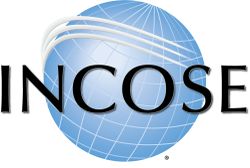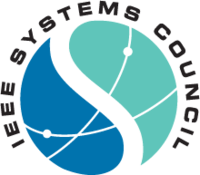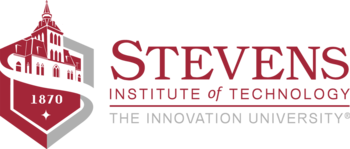Difference between revisions of "Guide to the Systems Engineering Body of Knowledge (SEBoK)"
| Line 35: | Line 35: | ||
[[File:DownloadtheSEBoK.png|150px|left|link={{filepath:Guide to the Systems Engineering Body of Knowledge, v. 2.4.pdf}}]] | [[File:DownloadtheSEBoK.png|150px|left|link={{filepath:Guide to the Systems Engineering Body of Knowledge, v. 2.4.pdf}}]] | ||
| − | |||
| − | |||
| − | |||
| − | |||
| − | |||
| − | |||
| − | |||
==SEBoK Updates and Governance== | ==SEBoK Updates and Governance== | ||
Revision as of 02:29, 14 October 2021
Welcome to SEBoK v. 2.5
The SEBoK provides a guide to the key knowledge sources and references of systems engineering organized and explained to assist a wide variety of individuals. It is a living product, accepting community input continuously, with regular refreshes and updates. The SEBoK is a not compendium but instead references existing literature and much of the content has restricted intellectual property rights.
Systems engineering is an interdisciplinary approach and means to enable the full life cycle of successful product, service and enterprise systems. It includes problem discovery and formulation, solution definition and realization, and operational use, sustainment, and disposal. It can be applied to single problem situations or to the management of multiple interventions in commercial or public enterprises. Those new to systems engineering can find introductory articles which provide an overview of systems engineering, place it in historical context, and discuss its economic value in Part 1 of this body of knowledge.
What's New?
A few things to look forward to in the latest update:
- Updated main page - we have taken your feedback to streamline the SEBoK landing page to get you into the content you're interested in more quickly.
- New Editor's Corner - the former Letter from the Editor is now the Editor's Corner, refocused on the current and emerging trends in systems engineering. Check it out for our Editor in Chief's current thoughts on the metaverse and the impact on systems.
- New sponsors and sponsorship packages - you will notice a number of new sponsors and updates to the sponsorship packages available. Please join us in thanking our sponsors for their support of the SEBoK!
- New navigation - the left-hand menu has gone through a major overhaul to make it easier for you find the information you need and retire information that is no longer as relevant, as well as to load more quickly.
- COMMENTS ADDRESSED
- Behind the scenes, we've updated to the latest version of MediaWiki, tightened up our IT infrastructure, and made some adjustments to improve performance.
SEBoK Organization

The SEBoK is a guide to the broad scope of SE-related knowledge. The core of this is tested and proven knowledge that has been developed through practice, documented, reviewed, and discussed by the SE community. In addition, the SEBoK also covers some of the emerging aspects of SE practice, such as Systems of Systems, Agile Life Cycle approaches and Model Based Systems Engineering (MBSE).
Systems engineering has its roots in the fundamentals, principles, and models of foundational systems sciences, and associated management and engineering sciences. It is effective systems engineering processes are applied within a managed life cycle working with a number of other management, engineering, and specialist disciplines. While traditionally applied to product development, systems engineering can also be applied to service and enterprise systems. As systems engineering is a collaborative approach, working with other engineering and management disciplines and specialties, it relies on competencies at the individual and team levels and appropriate structure and governance at organizational levels.
Starting from this basic view of the scope of knowledge relevant to SE, the SEBoK is organized into 8 parts as shown in Figure 1. Click on Figure 1 to navigate to any part of the SEBoK.
The SEBoK includes a glossary and a list of recommended references.
SEBoK Updates and Governance
The SEBoK is overseen by the Governing Board appointed by the stewards, who oversee the SEBoK Editor-in-Chief and Editorial Board. The stewards contribute resources to manage the SEBoK wiki, support new releases, and encourage SEBoK adoption. Volunteer authors from the worldwide SE community continue to propose and create new content. Other volunteers review that new content. The stewards are INCOSE, the IEEE Systems Council, and Stevens Institute of Technology.
Contact us at sebok@incose.org.



